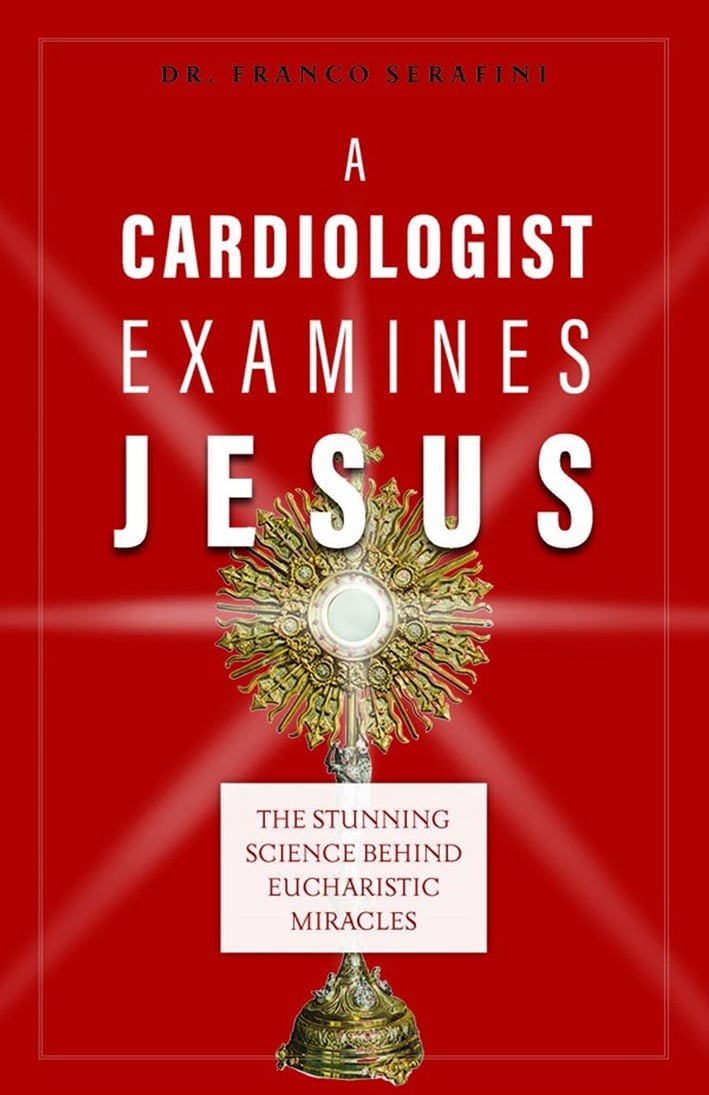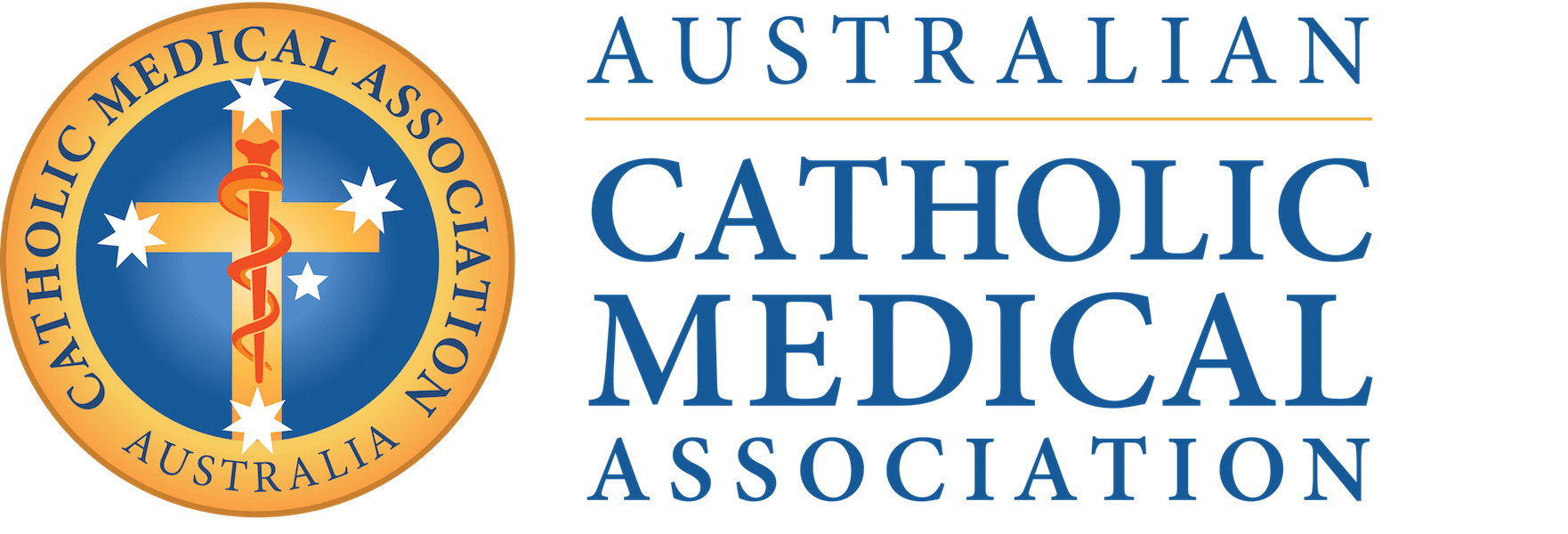Cardiologist examines Jesus
By
-
The received opinion, at least since the Enlightenment, is that religious beliefs – particularly Christian ones – are based on superstition, and are essentially irrational; furthermore, scientific advances have disproved and have superseded faith.
Religious authorities and traditions are portrayed as obstructing authentic human development and progress as they cling to positions that have been disproven by science.
The Galileo affair – or at least a popularised and over-simplified version of it – is usually cited to validate such a position. In his book A Cardiologist Examines Jesus, Dr Angelo Serafini begins his study by positing the question of what would happen to this predominant narrative if the science validated faith?
According to this narrative, religion can be described as the ‘God of the gaps’ that is, the strategy which pre-modern humans used to explained phenomenon they could not understand, but which subsequent scientific discoveries have been able to attribute to natural rather than supernatural origins. However, Serafini’s study suggests that some scientific studies over the last few decades have filled certain gaps, pointing to the validity of Christian belief.
Dr Serafini, a cardiologist, examines the medical and scientific evidence behind five Eucharistic miracles, namely: Lanciano (8th Century), Buenos Aires (1992, 1994 and 1996), Tixtla (2006), Sokolka (2008) and Legnica (2013).
[THE CARDIOLOGIST AUTHOR] NOTES THAT IN ALL FIVE CASES STRIATED HEART TISSUE IS TO BE FOUND. FURTHERMORE, ALL DISPLAYTSIGNS OF SIGNIFICANT TRAUMA AND ALL, WITH THE EXCEPTION OF LANCIANO, ARE OF LIVING HEART TISSUE.” – MICHAEL DANIEL
He also discusses testing done on what are believed by many to be the passion cloths, namely the Shroud of Turin, in which it is alleged the body of Christ was wrapped, the Sudarium of Oviedo, the cloth which, according to tradition, was wrapped around Christ’s head after death and the Holy Tunic of Argenteuil, which tradition describes as the seamless robe worn by Christ on his journey to Calvary.
Serafini notes that belief in the authenticity of such relics is not required of Catholics. He notes also that the carbon dating results of the Shroud of Turin, which initially favoured a medieval dating, have been the subject of much subsequent controversy.
Serafini commences his study by analysing the Eucharistic miracles already listed. After analysing them, he notes that in all five cases striated heart muscle tissue is to be found. Furthermore, all display signs of significant trauma and all, with the exception of Lanciano, are of living heart tissue.
However Serafini argues that the nature of the tissue of the Lanciano miracle suggests that the tissue was living at the time the miracle occurred. He notes as a conclusion that “we are facing a short-circuiting of human reason: scientific tools are unequivocally demonstrating a biological reality gifted with the elegant complexity of living tissues.
Yet those rigorous tools utterly fail to establish where those tissues came from and why they continue to exist somewhat immune to natural decay, defying biological laws” (p.155).
Serafini then cites the proposition by Italian cardiologist Dr Pietro Pescetelli who argues, on the basis of the existing scientific evidence and Gospel accounts, that Christ suffered catecholamine-related stress, stress capable of mimicking a heart attack, that would have been so severe it would have caused the repute of the ventricular wall of Jesus’ heart, inducing immediate death (p.156).
In his overall survey of these Eucharistic miracles and relics what is extraordinary is the correlation of the data.
For example, the blood group of all the Eucharistic miracles is AB, as is that of the Sudarium of Oviedo and the Holy Tunic of Argenteuil. This concurs with the evidence from the Shroud of Turin with the blood on it found to be AB Negative.
Individuals who have an AB blood group (positive or negative) account for approximately five per cent of the population, while AB Negative is the least common, accounting for fewer than one per cent of the population.
When the AB blood group on the relics was discovered a couple of decades ago, some critics argued that this was evidence of a medieval forgery, as the AB blood group did not exist prior to then.
However, Serafini demonstrates that subsequent forensic testing of archaeological evidence has found AB blood type on the remains of Jewish human skeletons dated to the first and fourth centuries.
Furthermore, he notes that blood grouping presents problems for allegations of forgery of these relics in the medieval period, particularly as the scientific discovery of blood groups occurred only in the 20th Century, compounded by the challenge that the blood group is the least common of all.
In addition, he notes that from a statistical perspective, if an event has a five per cent (or 1 in 20) chance of occurring, there is a 0.25 per cent (or 1 in 400) chance of two such consecutive events occurring. The chance of five such consecutive events occurring is one in 3,200,000.
INTRIGUINGLY, DR SERAFINI PONDERS THE POSSIBILITY OF STUDIES WHICH HE DESCRIBES AS BIO-THEOLOGY, THE SCIENTIFIC ANALYSIS OF HOW RELICS AND EUCHARISTIC MIRACLES ADD TO OUR UNDERSTANDING OF THE INCARNATION.” – MICHAEL DANIEL
In addition, individuals with an AB blood type get the A from one parent and the B from the other parent. This means, as Serafini notes, that Jesus could not have been a clone of Mary, with him also observing that a clone of Mary would have to have been, by definition, female – not male.
Towards the end of his study, Serafini explores DNA evidence, noting that further details will almost certainly emerge as the study of DNA continues to develop.
In relation to relics, Dr Serafini notes that mitochondrial DNA extracted from a tooth purported to be a relic of St Luke identified haplogroup pre-HV which is genetically similar to those found today in Syria and Turkey.
Similarly, DNA extracted from the Holy Tunic of Argenteuil identified haplogroup J2 of the wearer, one indicator of Jewish ancestry, as an element of an overall DNA sequence. Serafini’s analysis has the hallmarks of being balanced.
For example, he disregards the alleged Eucharistic miracle of Betania (Venezuela, 1991), due to a lack of accessible documentation as well as what he describes as unorthodox views of the alleged seer.
Similarly, he acknowledges that there is a real possibility of contamination of the forensic evidence of relics such as the Shroud of Turin as it has been handled by so many people over the centuries, citing data supporting evidence of such contamination.
It seems clear the author has undertaken a thorough and extensive approach to his research, consulting and reviewing medical, scientific and other relevant literature.
The obvious challenge for a medical expert in discussing such evidence is to present it in a way that is comprehensible to the average reader whilst, at the same time, not resorting to over-simplification. For much of this study, Dr Serafini strikes an appropriate balance, placing, where helpful, some of the medical explanations in footnotes.

Still, it’s a big ask. It’s almost not surprising, however, that ordinary readers without medical backgrounds may struggle with significant sections of his analyses of the Eucharistic miracles. Some of these details could be skimmed over whilst reading.
Given the compelling nature of the evidence, it is no wonder that Dr Serafini is surprised by the reticence of religious authorities, whose approach he describes as “excessively prudent and submissive” (p.207) in utilising such findings in fields such as apologetics. He notes that “the finding of the blood group concordance is a real ‘statistical’ bomb that the Catholic Church could detonate with greater confidence in its apologetic battle” (p.208).
Why are they so important? In the author’s view the Eucharistic miracles scientifically underscore Catholic belief in the real presence of Christ and, together with the Passion relics, are witnesses to Christ’s Incarnation.
Intriguingly, in his introduction the author ponders the possibility of studies such as A Cardiologist Examines Jesus invite the development of what he terms ‘bio-theology’, the scientific analysis of how relics and Eucharistic miracles add to our understanding of the Incarnation.
Notwithstanding the observations noted above, A Cardiologist Examines Jesus is a fascinating study of the medical and scientific evidence and is highly recommended. It complements studies of other miraculous phenomenon, for example that of Our Lady of Guadalupe. Such studies, as noted in the introduction, challenge world views that dismiss religious belief as being irrational and unscientific.
A Cardiologist Examines Jesus: the Stunning Science Behind Eucharistic Miracles, Dr Franco Serafini, Manchester, New Hampshire: Sophia Institute Press, 2021, PB, pp.278.
